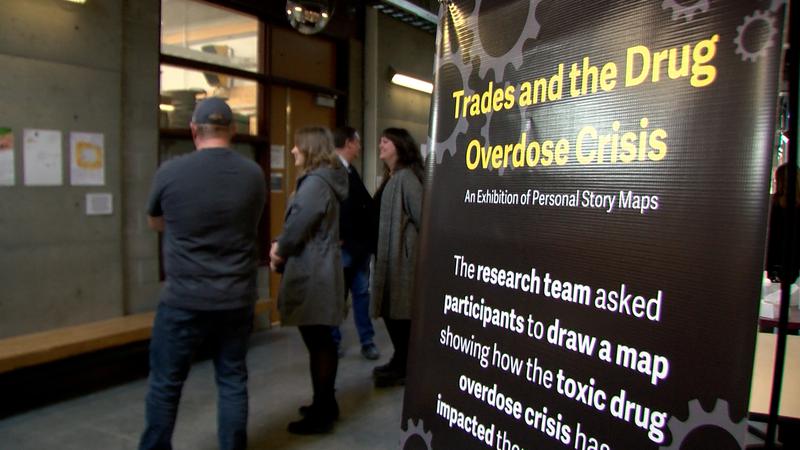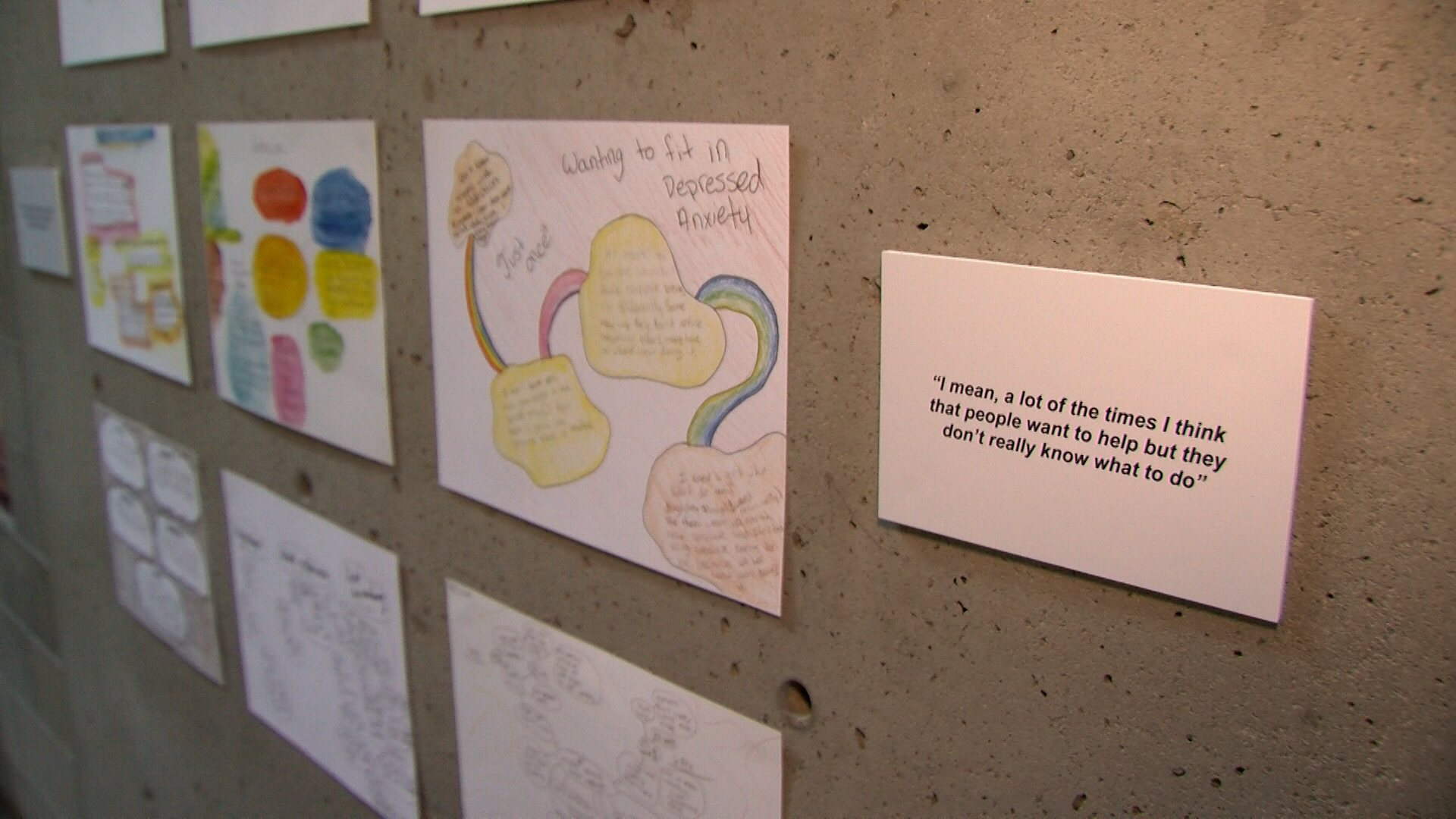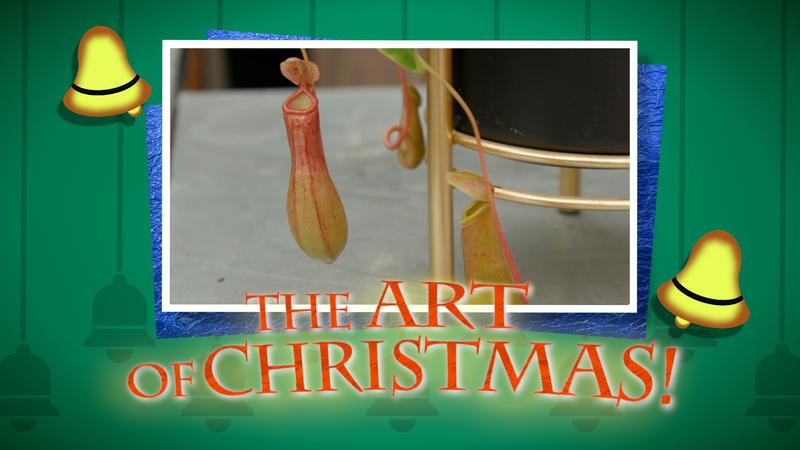
Research team behind Overdose in the Trades exhibit aims to build framework for drug awareness credential
KAMLOOPS — Thompson Rivers University’s Trades and Technology building has a new display adorning the hallway, featuring stories — often untold — about the widespread impacts of substance use within the trades.
“It’s a big problem,” says Jason Schapansky, who is one of the project’s researchers, linking the team to the trades with his expertise as an electrician and TRU instructor. “It’s something that we don’t talk about in the trades. We don’t talk about it at work. Bring it up in a classroom and the classroom stays silent. I brought it up this morning in a classroom, and the classroom stayed silent until I really drove them to start talking about it.”
The Overdose in the Trades art exhibition uses a process known as cultural story mapping to showcase the experiences of students and working professionals in the trades.



